Arizona’s night skies? Honestly, they’re some of the best in the country, and that makes this state a fantastic spot for families who want to chase a little cosmic magic together. A bunch of Arizona resorts and communities have really leaned into their dark sky advantage, rolling out special stargazing programs for all ages. Whether you’re thinking Tucson, Flagstaff, Sedona, or somewhere in between, you’ll find family-friendly activities mixed with jaw-dropping views of the universe.
If you plan a vacation that includes stargazing, you’re setting your kids up for memories they’ll talk about for years—and maybe even a lifelong love of astronomy. Arizona’s got that perfect combo: clear weather, high ground, and protected dark sky zones. You can spot constellations, planets, and the Milky Way without any fancy gear. Plenty of resorts even lend out telescopes and run guided programs just for families.
1. Yavapai Lodge at Grand Canyon with “Constellations at the Canyon” package
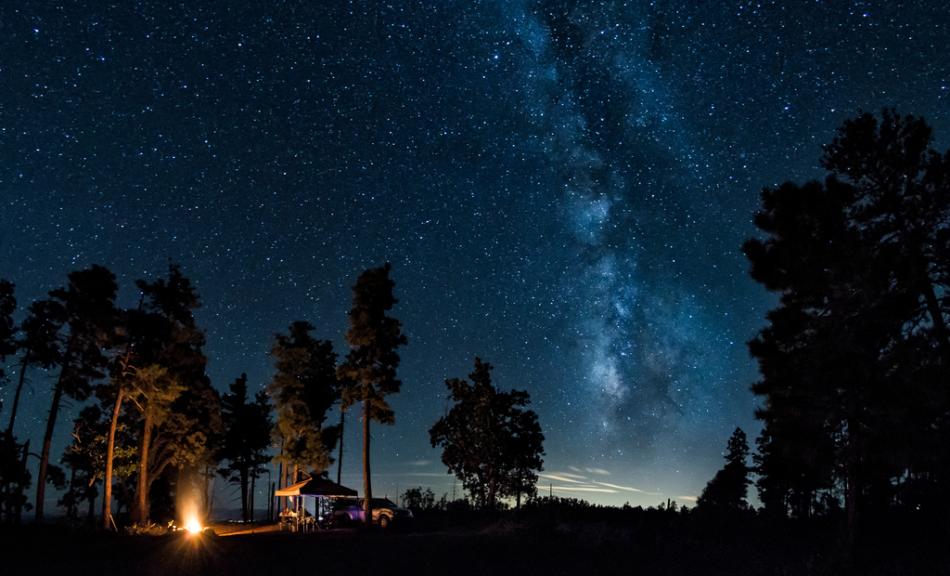
• Ideal for families who want to pair epic canyon views with night skies that’ll blow your mind
Yavapai Lodge sits about a half-mile from the Grand Canyon’s South Rim, so you’re close to daytime adventure and perfectly placed for nighttime sky shows. Their “Constellations at the Canyon” package includes cozy accommodations and evening astronomy sessions with park rangers who know their stars.
Kids? They’ll love it. Rangers use laser pointers to draw out constellations and share old stories about the cosmos. You’ll all get a turn with the telescopes, hunting for planets and galaxies that look unreal up close.
The Grand Canyon is a dark sky preserve, which means you’ll actually see the Milky Way stretching across the sky like a cosmic river.
Even in summer, it gets chilly after sunset, so pack warm layers. The lodge hands out hot chocolate and star charts to make the whole thing even more fun.
2. Clear Sky Resorts in Valle offering stargazing tours and glow-in-the-dark disc golf
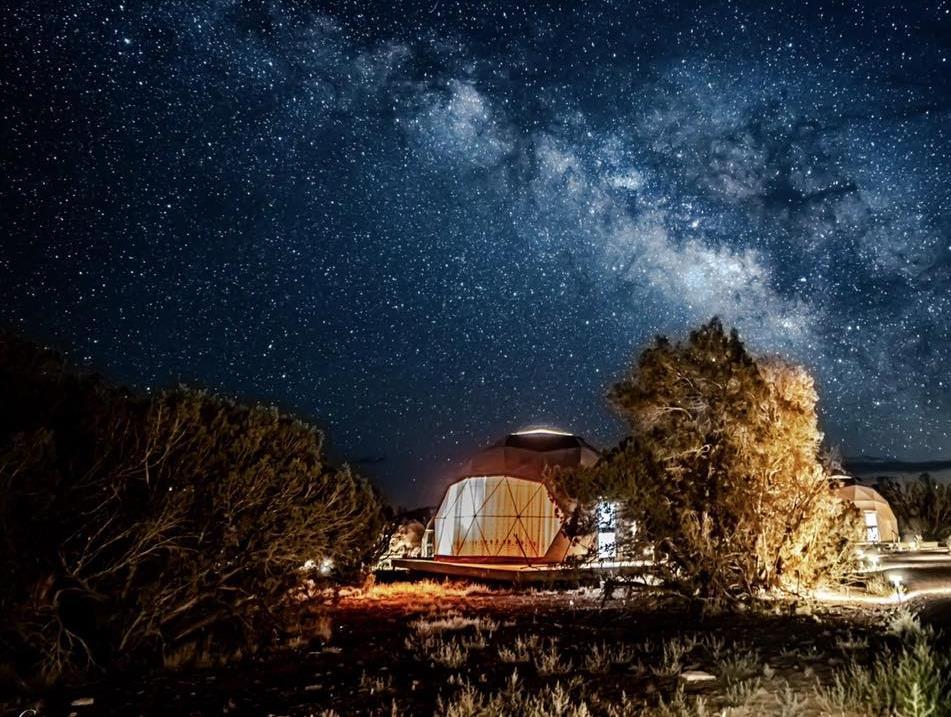
- Great for families who want quirky astronomy adventures right outside Grand Canyon National Park
Clear Sky Resorts in Valle, Arizona is unlike any other. Their funky sky domes are a perfect home base for your Grand Canyon trip, and you get unbeatable views of the night sky.
The glow-in-the-dark disc golf course? Total hit with kids. It’s a simple idea but keeps everyone busy and laughing while you wait for the stars to come out.
The resort’s stargazing tours are led by guides who actually know their stuff. They’ll help you and your kids spot constellations and planets, and you’ll pick up some space trivia along the way.
There’s more than just stargazing here—campfires for s’mores, a Kid’s Corner, and live music pop up too. They really do make it easy for families to have a blast.
3. Loews Ventana Canyon Resort’s complimentary family-friendly stargazing adventures
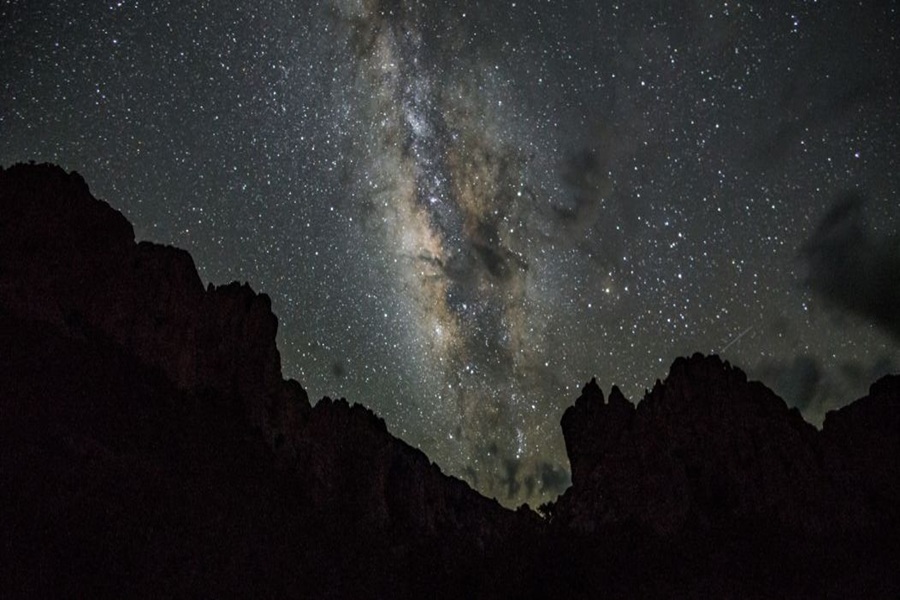
- Tucked in Tucson’s Sonoran Desert, this luxury resort mixes comfort with cosmic discovery
Loews Ventana Canyon Resort, right at the base of the Catalina Mountains, offers a stargazing program that’s totally free for guests. Local astronomy buffs partner with the resort to run nighttime adventures for families (and they keep it fun for the little ones).
The skies out here get seriously dark. You’ll see thousands of stars, planets, and galaxies—no telescope required.
Guides explain the wonders above in ways everyone can follow, even the youngest stargazers. They’ll point out constellations and share the kinds of stories that stick with you.
There’s something special about blending resort luxury with natural awe. After a day of swimming or hiking, you can all gather under the stars and just soak it in together.
4. Arizona State Parks’ star parties and educational astronomy events
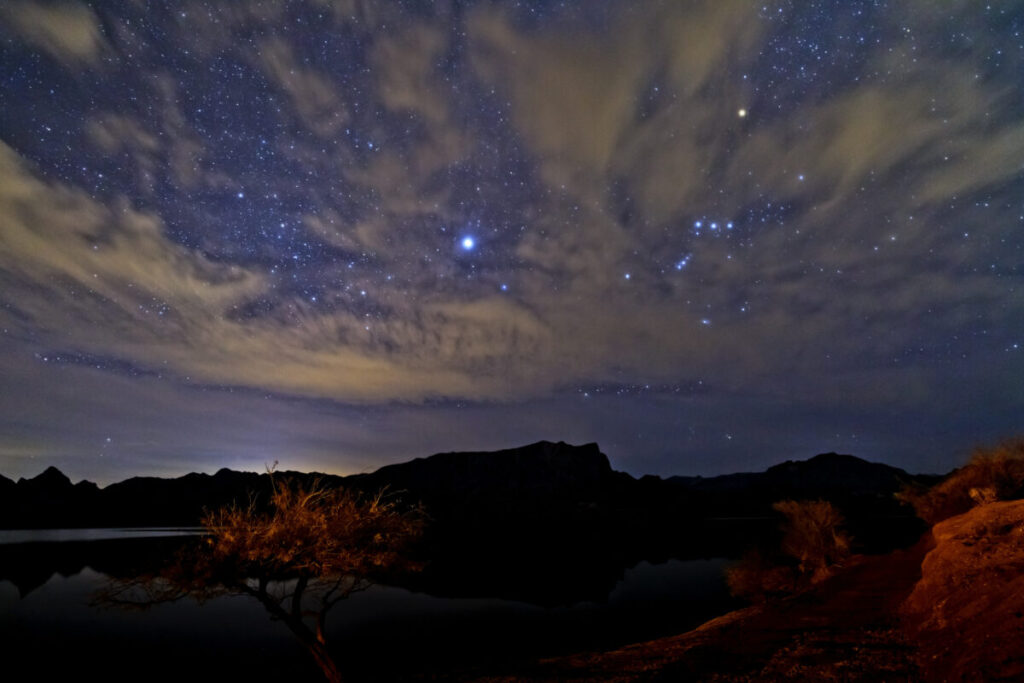
- Arizona State Parks put on some of the Southwest’s best stargazing events—awesome for families who want to learn together
Arizona’s state parks have been running astronomy programs since 2007, and these star parties happen at different parks all year. They’re super approachable and designed so kids can get involved.
You’ll find these events at places like Cattail Cove State Park, Catalina State Park, and Alamo Lake. Rangers and local astronomy clubs bring telescopes, then help you spot planets, clusters, and galaxies.
No need to know anything ahead of time—just bring your curiosity. Most events include constellation tours and fun facts that’ll keep the kids interested.
In February, the “For the Love of Stars” weekend adds dancing and solar viewing to the usual stargazing lineup. The parks’ remote locations mean darker skies and a much more magical experience.
5. Sedona Star Gazing tours with expert astronomers and telescopes

• Families who want a guided night under the stars with real astronomers will love this
Sedona’s dark sky status and high elevation make it one of Arizona’s best spots for stargazing. The astronomers who run these tours have decades of experience—and they know how to make the night sky come alive for kids and adults alike.
Tours run about 90 minutes and happen all year. Guides use laser pointers to show off constellations and tell stories that’ll stick in your kids’ imaginations.
The telescopes? They’re top-notch. You’ll see planets, clusters, and even galaxies that you’d never spot on your own. Some tours even use video astronomy to give you a closer look.
Most tours meet up about 20 minutes from West Sedona in the Village of Oak Creek. Prices start around $120 per person, and while solo travelers are welcome, this is really something best shared with family.
6. Backland Luxury Glamping with guided night sky exploration for families

- For families who want a bit of luxury but still want to feel close to nature and the stars
Backland sits on 160 acres of wild Arizona land near the Grand Canyon and takes glamping to a whole new level. The tent suites have huge windows and (this is the best part) SkyView skylights right above the beds—so you can look up at the stars without even stepping outside.
You get climate-controlled comfort, the kids get bunk beds, and everyone gets their own bathroom (which, let’s be honest, is a big deal).
Their guided night sky exploration programs are the real draw. Guides point out constellations, planets, and tell stories that’ll keep everyone entertained. The remote location means you get pitch-black skies and stars everywhere you look.
Spend your days hiking or heading to the Grand Canyon, but don’t miss the magic when the sun goes down and the Milky Way takes over the sky.
7. Lowell Observatory in Flagstaff hosting family viewing nights

• Perfect for families who want a mix of learning and hands-on stargazing
Lowell Observatory is just a couple minutes from downtown Flagstaff and offers a classic stargazing experience. This is the place where Pluto was discovered, but it’s also where a lot of kids get their first real look at the night sky.
Special family viewing nights let you look through powerful telescopes at planets, stars, and galaxies. Watching your kids spot Saturn’s rings or Jupiter’s moons for the first time? That’s a moment you won’t forget.
During your visit, you can check out tours, science talks, and the Orbits Curiosity Zone—kids love it. The Dark Sky Planetarium is another can’t-miss stop.
The staff here really know how to make astronomy fun and understandable for younger visitors.
Try to arrive before sunset so you can catch the view of Flagstaff before the stars come out.
8. Dark Sky International’s designated dark sky areas perfect for stargazing
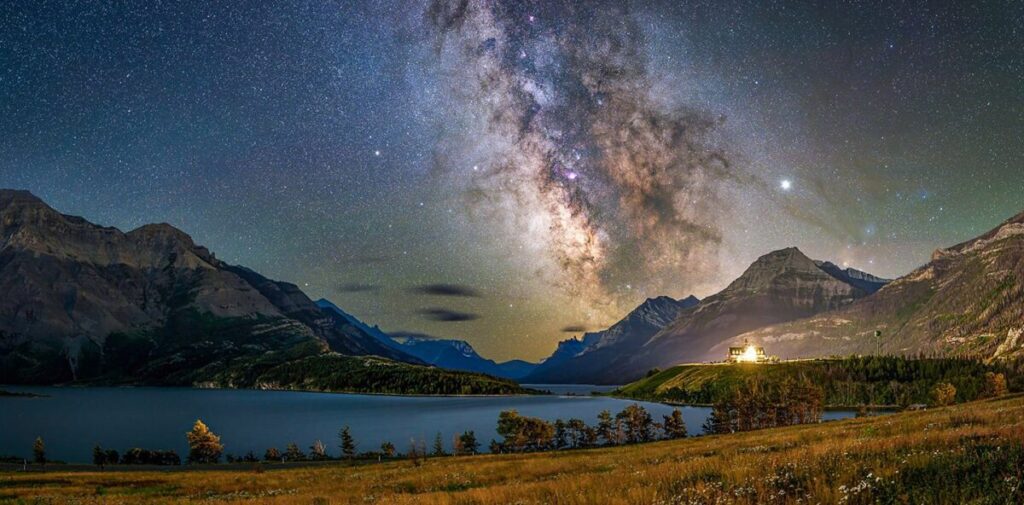
- Arizona’s packed with International Dark Sky Places—more than almost anywhere
Arizona has racked up ten International Dark Sky Parks, including the Grand Canyon itself. If you love stargazing, you’ll be spoiled for choice.
Tonto National Forest earned its Dark Sky Park badge in 2019 and offers some of the clearest skies you’ll find. They work hard to keep things naturally dark, so you really get the full effect.
Flagstaff isn’t just another city—it was the world’s first International Dark Sky City. They use smart lighting ordinances that let you see the stars while still keeping the streets safe.
These dark sky areas often run regular stargazing programs with rangers or astronomers. Many parks even offer telescope viewings, so your kids can get up close with planets and galaxies.
Bring a picnic, plenty of blankets, and try to get there before sunset for the best spots. You’ll remember these nights for a long time.
9. Mt. Graham area in eastern Arizona ideal for accessible night sky viewing
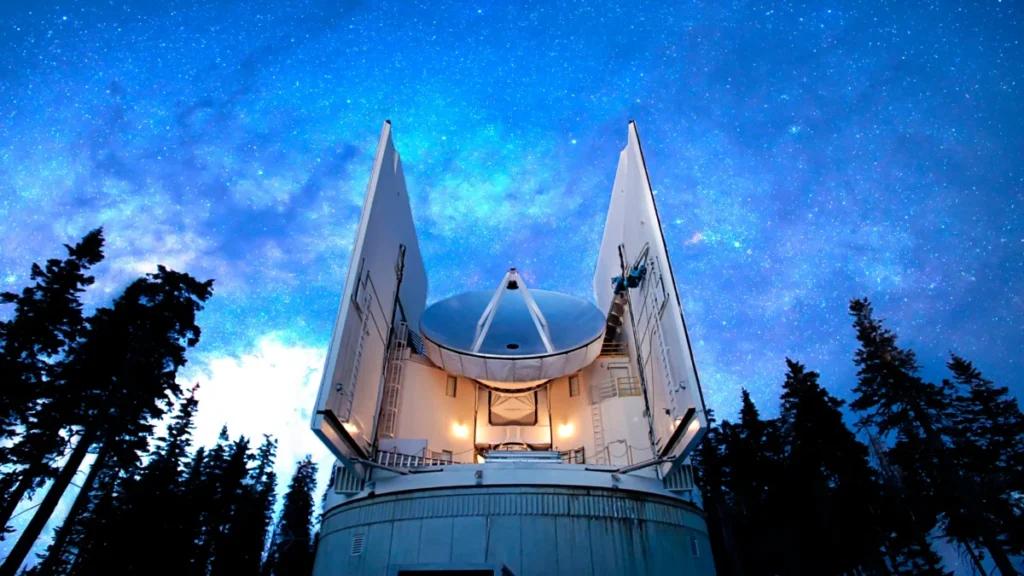
- Mount Graham is one of Arizona’s easiest stargazing destinations—almost the whole drive is paved
About 120 miles northeast of Tucson, near Safford, Mt. Graham makes it easy for families to reach truly dark skies. The Mount Graham International Observatory sits up here, and it’s one of the country’s newest observatory complexes.
You get a rare combo: easy access and world-class sky conditions. The observatory has three telescopes, including one of the world’s most powerful. The paved road almost all the way up is a huge plus for families with kids or anyone who doesn’t want a rough drive.
On clear nights, the sky just explodes with stars and planets. Bring hot chocolate and comfy chairs for a cozy setup.
If you’re planning ahead, see if the observatory is hosting any public viewing nights. The experts there love answering kids’ space questions and helping families spot constellations.
10. Kitt Peak National Observatory for thrilling astronomy experiences
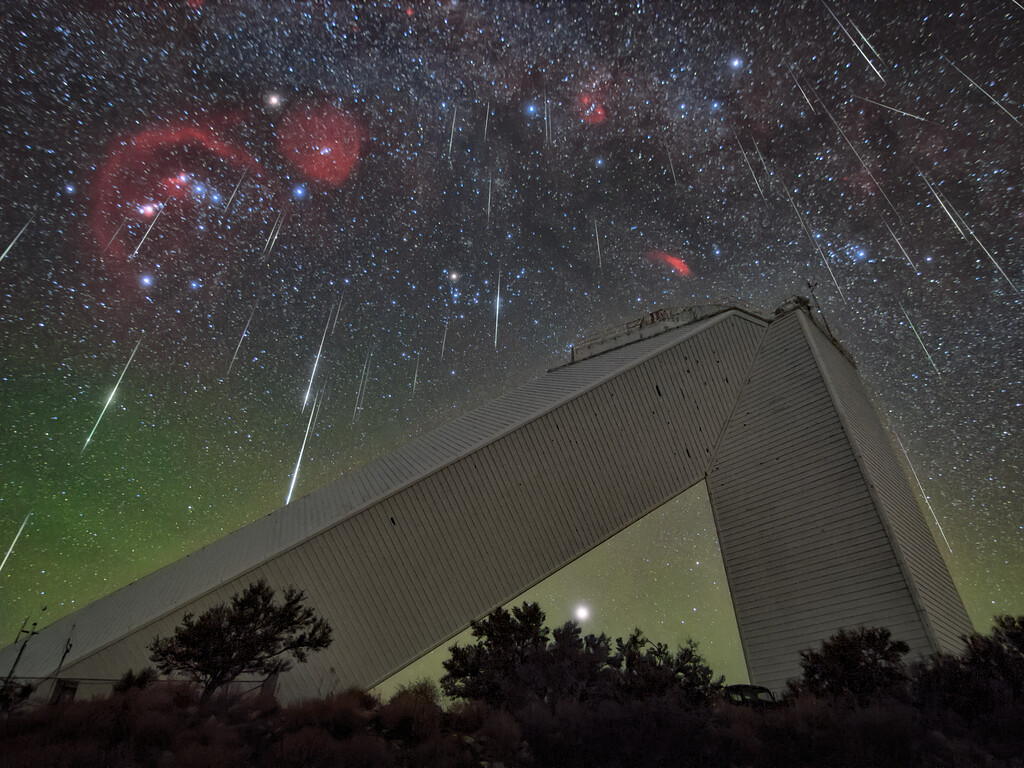
• For families who want to see real astronomy in action, this is the spot
Kitt Peak National Observatory sits high on a mountain southwest of Tucson, and it’s packed with some of the world’s biggest collections of optical and radio telescopes. Space fans of any age will be blown away.
The Visitor Center is your launchpad. During the day, you can tour the facility and get a peek at the research happening here. Exhibits are designed to spark curiosity in everyone.
But the real thrill comes at night. Your family can become “visiting astronomers,” using pro-grade telescopes to check out planets, clusters, and galaxies. The dark skies here make everything pop.
Programs are tailored for different ages, and kids especially love getting hands-on with the telescopes and chatting with the guides.
Book your nighttime program early—these fill up fast, especially during summer and school breaks.
What Makes Arizona Ideal for Stargazing?

Arizona’s stargazing conditions are tough to beat. With high elevations, lots of wide-open spaces, and a real commitment to dark sky protection, this state has become a magnet for astronomers and families alike.
Clear Skies and Dry Climate
Arizona’s weather is a stargazer’s dream. Over 300 days of clear skies a year means you’ll rarely get skunked by clouds. The dry air cuts down on haze, so you get better views of distant stars and planets.
High elevation helps too. Places like Flagstaff (sitting at 7,000 feet) and Mt. Graham have thinner air, which means less scattering and brighter stars.
Spring and fall are the most predictable times for weather. Summer can bring monsoon clouds, and winter skies are crisp but chilly. Always pack layers—it gets cold fast after sunset in the desert.
Dark Sky Communities in Arizona
Arizona is home to several official “Dark Sky” communities. Flagstaff was actually the first International Dark Sky City, which is pretty cool. They use strict lighting rules to keep the stars visible.
Other Dark Sky spots include:
- Tucson (where you’ll find Kitt Peak)
- Sedona (famous for those red rocks and unreal night skies)
- Fountain Hills (just outside Phoenix)
These towns keep outdoor lighting to a minimum and use shields to point lights down, not up. That means better views of the Milky Way and meteor showers.
Many parks also protect their night skies. The Grand Canyon is a standout, with stargazing best about 90 minutes after sunset. If you can, plan your trip around the moon phase—a full moon is pretty, but it’ll drown out the fainter stars.
Tips for Planning a Family-Friendly Stargazing Trip
Planning a stargazing adventure with your family takes a bit of prep if you want everyone to have a memorable night under Arizona’s incredible skies.
The right gear, good timing, and a little etiquette can mean the difference between a magical evening and a less-than-fun outing.
Essential Packing List for Stargazing
Start with the basics for comfort: folding chairs or blankets, some pillows, and sleeping bags if you’re staying overnight.
Arizona nights can get surprisingly chilly, even in summer, so make sure everyone has layers—think thermal underwear, fleece jackets, warm socks, and hats.
For stargazing gear, pack:
- Red flashlights (these help keep your night vision intact)
- Binoculars (honestly, way easier for kids than telescopes)
- Star charts or astronomy apps like Sky Guide or Star Walk 2
- Snacks and hot drinks in thermoses
- Camera with tripod for night shots
- Bug spray (depends on the season)
- First aid kit
If you have younger kids who might lose interest fast, bring along glow sticks, space-themed coloring books, or maybe audio stories about constellations. It helps keep them busy while the older ones keep stargazing.
Best Times of Year to See Arizona’s Night Skies
Winter (December through February) gives you early darkness and super clear skies, which is great if your kids can’t stay up late.
The Geminid meteor shower in December is a real highlight for families. Just remember, it can get seriously cold—sometimes below freezing.
Spring (March through May) usually means nicer temps and pretty good visibility. Watch out for monsoon season (July to September), though; storms can roll in, but sometimes the skies between storms are actually stunning for photos.
For meteor showers, jot these down:
- Perseids (August)
- Leonids (November)
- Geminids (December)
Try to plan your trip for a new moon if you want the darkest skies—faint objects just pop more.
You’ll get the best views if you start at least 1.5 hours after sunset or 1.5 hours before sunrise.
Stargazing Etiquette for Families
Show your kids the “red light rule”—use only red flashlights, since regular white light can mess up night vision for everyone for half an hour or more.
Keep voices down at public stargazing spots. Sound carries a long way out in the desert, and some folks are trying to focus or get photos.
Stick to designated paths and camping areas. Arizona’s desert plants are fragile, and off-trail walking can really damage them for decades.
Remind your kids not to touch other people’s telescope equipment unless they’ve asked first. Many astronomers put a lot of money and care into their gear and appreciate curiosity—just not hands-on curiosity.
Take everything you brought back with you. Leaving no trace is especially important at those remote dark sky sites, since maintenance isn’t always frequent.
Frequently Asked Questions
If you’re planning a stargazing trip in Arizona, you probably have a ton of questions—especially if you’ve got kids in tow.
Here are some answers to the stuff families ask most often, so you can prep for a truly unforgettable adventure under the stars.
What are some family-friendly accommodations in Arizona that are perfect for stargazing?
Yavapai Lodge at Grand Canyon has this awesome “Constellations at the Canyon” package, which includes guided night sky viewing and educational constellation materials for families.
Clear Sky Resorts in Valle is a hit with their bubble domes—you can literally stargaze from bed. Plus, kids seem to love the glow-in-the-dark disc golf before the real stargazing starts.
Loews Ventana Canyon Resort near Tucson runs complimentary stargazing programs for guests. Local astronomers set up telescopes and explain what you’re seeing in a way that even kids can get excited about.
Where in Arizona is the best place to see the Milky Way with my family?
The Grand Canyon’s North Rim is tough to beat for Milky Way viewing. The high elevation and distance from city lights make the galaxy look just spectacular.
Flagstaff (especially around Lowell Observatory) is another great spot. It’s actually the world’s first International Dark Sky City, so the lighting ordinances keep things nice and dark.
Tonto National Forest is also a favorite for families who want to camp and see the Milky Way. Hardly any light pollution out there, so the stars really put on a show.
Which Dark Sky Parks are most suitable for a family vacation in Arizona?
Oracle State Park is super family-friendly. There are easy hiking trails and regular star parties with programs tailored for kids.
Kartchner Caverns State Park is a fun mix—cave tours during the day, then stargazing at night. It works well for families with different interests or ages.
Tumacácori National Historical Park hosts special night sky programs that mix astronomy with cultural history. It’s a cool way to make the science side of things more accessible for everyone.
What are the top stargazing spot recommendations for families traveling with children in Arizona?
Sedona is a great pick for families. The Sedona Star Gazing tours are led by expert astronomers who use laser pointers to show constellations and set up telescopes that even kids can use (with a little help).
Flagstaff’s Lowell Observatory has programs just for young astronomers. Their interactive exhibits and telescope sessions help make astronomy fun and understandable.
Arizona State Parks put on regular star parties with lots of activities for kids. Rangers often hand out activity sheets or set up astronomy scavenger hunts to keep things lively.
Can you suggest any unique stargazing experiences for families visiting Arizona, such as bubble domes or cabins?
Clear Sky Resorts has those see-through bubble domes, so your family can literally fall asleep under the stars. They also run astronomy activities and keep lighting to a minimum for the perfect view.
Under Canvas Grand Canyon offers glamping tents with skylights, so you can stargaze from your bed. Their family tents are roomy enough for parents and kids, but you still feel close to nature.
The Shash Diné Eco-Retreat near Page gives families a chance to stay in traditional Navajo hogans or shepherd’s wagons, and you can learn about the night sky from a Navajo perspective.
When planning a stargazing vacation in Arizona, what is the optimal time of year for families to visit?
Spring—think April and May—usually brings comfortable temperatures and those famously clear Arizona skies. Families can hang out under the stars without freezing, and honestly, the wildflowers during the day are just a bonus.
If you swing by in the fall, say September or October, you’ll find that the weather stays pleasant. Plus, you won’t have to deal with the crowds that swarm in during summer. Kids might even get a kick out of connecting what they’ve learned in science class with what they see overhead.
Winter, from December through February, is a bit of a different story. The nights stretch longer, and the skies get darker than at any other time. Sure, you’ll need to bundle up—maybe more than you’d like—but the crisp, cold air can make the stars look especially sharp. If you’ve got a budding teenage astronomer, this could be the season that really wows them.
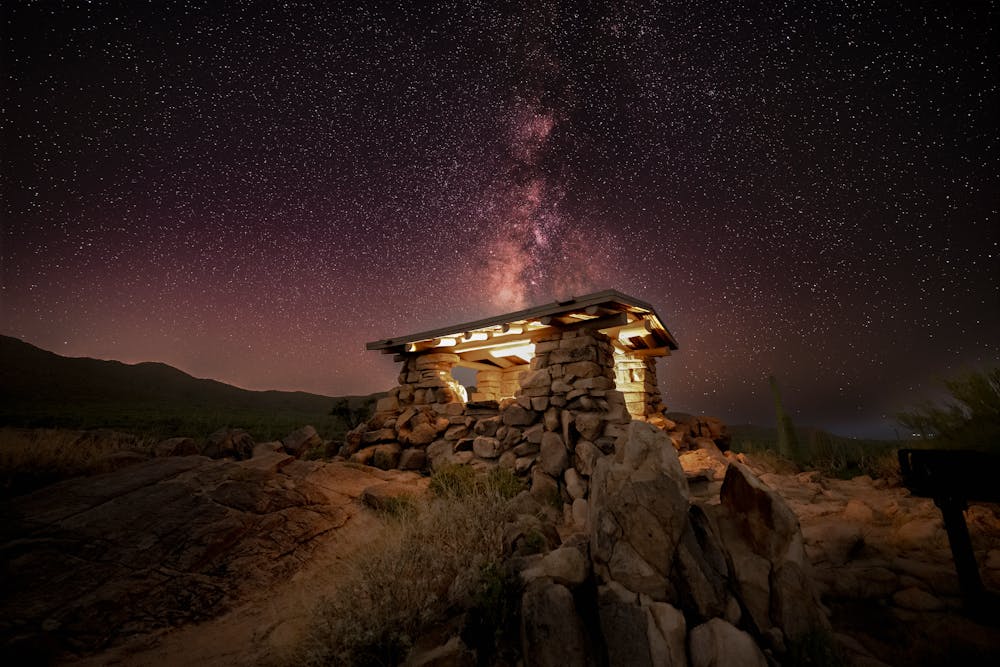
Leave a Reply